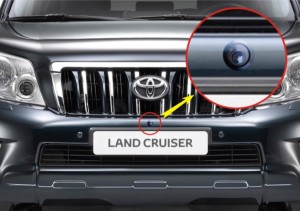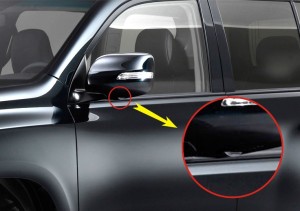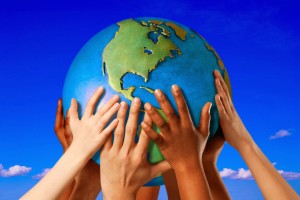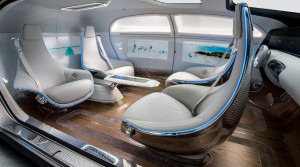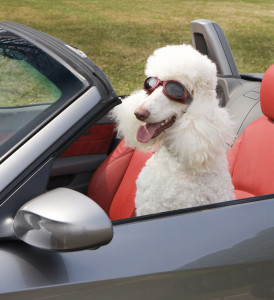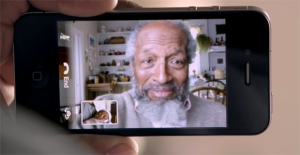Who knows what the future will bring. But here are a few more inventions that I wouldn’t mind seeing.
Grow Your Own Home
Archer Daniels Midland is getting into the housing market. Utilizing expertise gained from genetic engineering in the farming industry, they’ve come up with fully organic homes. Fruits and vegetables grow inside on the walls. And in a pinch, yes, the walls are edible too.
The house feeds on sunlight, compost, your waste and CO2. The roof grows over time to maximize solar intake and rain water capture. It even heals when cracked or broken. The electricity captured by the modified chlorophyll gets converted to usable voltage via cells grown from electric eel DNA. Plumbing is taken care of by a series of “bladders” and “stomachs”. The bladders hold water and the stomachs purify used water and waste into pure H20 which is then pumped back into a bladder. Housing extensions or extra rooms will be grown on farms, made to order. Attachment is easy because the organic walls grow together when in contact with one another
All you will need is a plot of land, some water, and a seed. A typical seed takes 5 years to grow into a standard 4 bedroom, 2.5 bath house. If you want to spend extra, you can purchase fertilizer that quadruples the growth rate.
The Google Presidential B.S. Meter
With the presidential election in full swing, it is only fitting that Google would release its latest breakthrough. It’s called the Fact Finding Heuristic Algorithm. Also known as, the Presidential B.S Meter.
Here is how it works: It scans every instance of a candidate speaking, their posted writings and what other people say about the candidate. The algorithm then determines how many times the candidate had conflicting statements and gives you details. Utilizing facial microexpression technology, the system also gives you extensive statistics on every speech and interview telling you how many times it detected the candidate lying.
Tuneable Magnets
Scientists have figured out a way to make magnets that they can tune to attract/repel nearly any substance. Most people are familiar with magnets attracting metal. But now, magnets can be tuned to attract or repel plastic, glass, air and organic materials. The number of applications are astounding.
Those long sought after hovercrafts could soon be a reality. Attaching magnets to the bottom of any vehicle and setting them to repel the ground provides lift. Or imagine you need to hang something on your wall. No need to make a hole, no need for adhesive that will eventually fail. Simply tune the magnet to bind to your wall and you are done. Companies such as Waste Management will be able to integrate these magnets into their sorting facilities. Thereby, eliminating the need for recyclable materials to be separated by consumers before disposal. A magnet that attracts plastic could also be helpful in removing the large amounts of plastic in our oceans.




